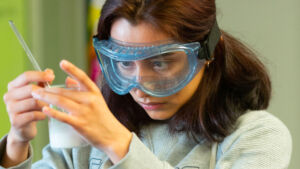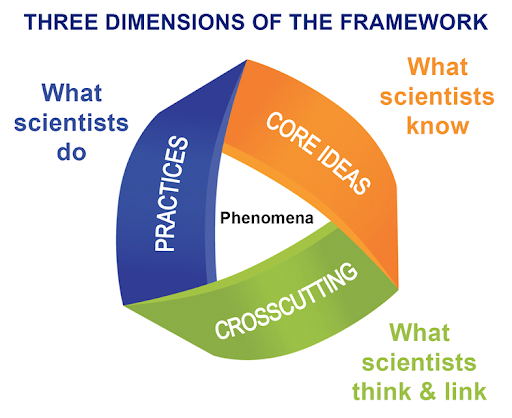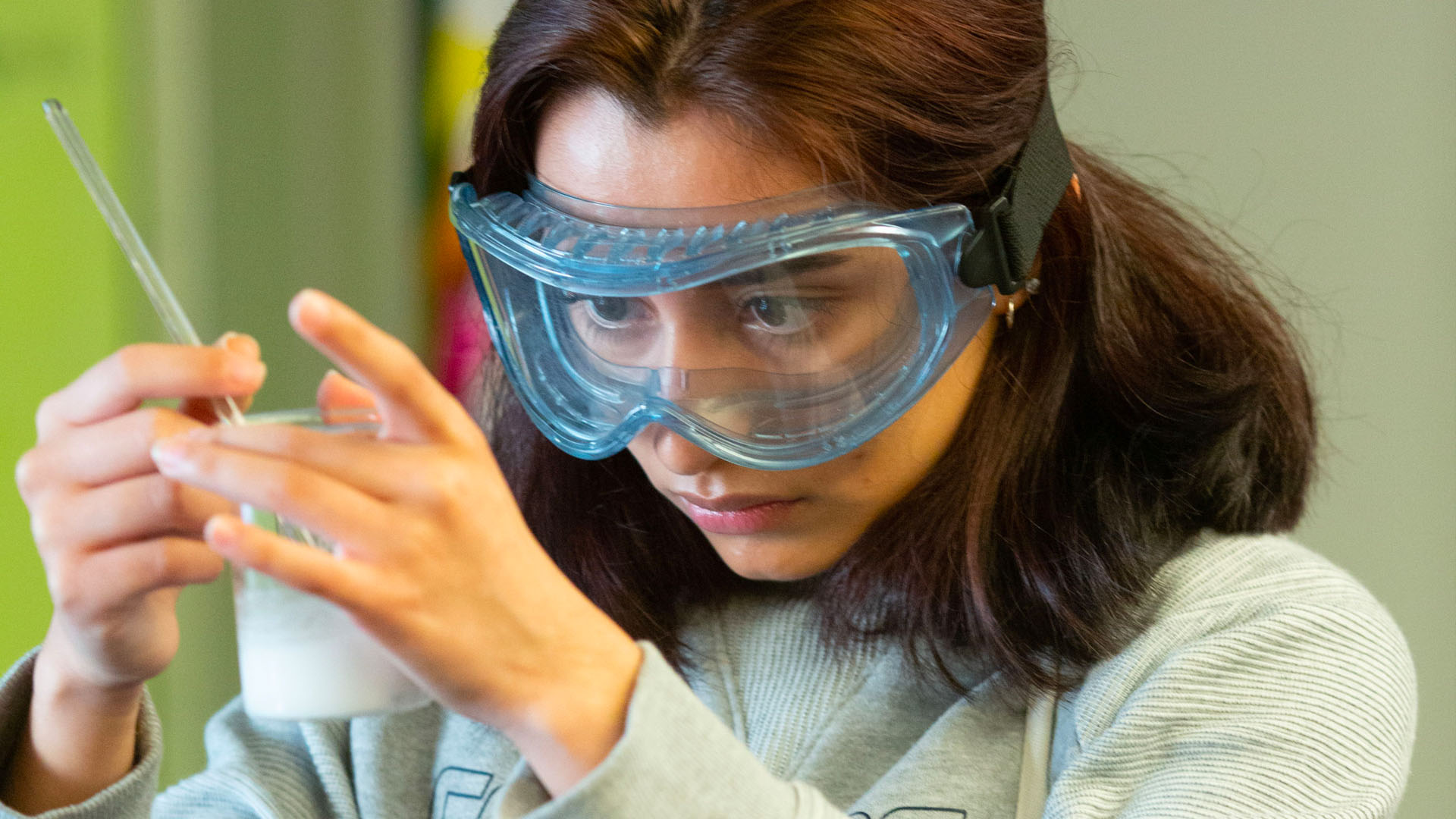
As a young woman, I was often baffled by the way my science classes were taught. I did fine listening to lectures, completing reading assignments, taking notes, writing definitions, and completing lab experiments, but internally I wrestled with knowing this was not the way scientists learned this information. When given a lab experiment to complete, I often knew the final answer before beginning and felt that taking the time to engage in the experience was a waste of time. I would often think to myself “Who lectured to Isaac Newton?” I knew from my readings that Isaac Newton took observations and used experimental evidence to arrive at his three Laws of Motion, but that wasn’t how I was expected to learn them in my science classes. I was making my observations and finding experimental evidence AFTER I had been introduced to a topic-the opposite of what actual scientists were doing. When I became a high school science teacher, I set out to teach science the same way scientists learned science. The results far exceeded my expectations and led to numerous teaching awards. When I learned that there was a national conversation examining doing this on a larger scale, I was thrilled to learn more and set out to become more involved in the science standards adoption in Indiana. For two Indiana science standard adoption cycles (2004 and 2010), I took part as we attempted to change the wording of our then science content standards to imply that the HOW of science instruction was just as important as the WHAT of the science content. In July of 2011, the Framework for K-12 Science Education was released by the National Research Council and introduced the Three Dimensions of science learning: Scientific and Engineering Practices, Crosscutting Concepts, and Disciplinary Core Ideas. This larger shift to Three Dimensional science learning represented the focus our smaller changes to the Indiana science standards had been unable to fully encompass.

Image taken from https://www.nextgenscience.org/
Disciplinary Core Ideas
The Disciplinary Core Ideas (DCIs) represent what scientists know about a science content area. The NGSS separates these DCIs into four domains: physical science (PS), life science (LS), earth and space science (ESS), and engineering, technology and applications of science (ETS). In the previous iterations of the Indiana Science Standards, these DCIs were the primary focus. But without the other two dimensions, they did not adequately describe the teaching and learning of science. To see the DCIs arranged by grade level in elementary and middle school and by domain in high school, follow this link: https://www.nextgenscience.org/overview-dci
Science and Engineering Practices
The Science and Engineering Practices (SEPs) represent how scientists construct and accumulate scientific knowledge. They are not intended to be performed in a linear fashion, but instead give a list of possible ways in which students can learn content through the process of examining actual scientific phenomena. They include:
- Asking questions (for science) and defining problems (for engineering)
- Developing and using models
- Planning and carrying out investigations
- Analyzing and interpreting data
- Using math and computational thinking
- Constructing an explanation (for science) and designing a solution (for engineering)
- Engaging in an argument stemming from evidence
- Obtaining, evaluating, and communicating information
For many teachers, integrating or increasing the number of SEPs in their teaching is a first step at improving their science instruction.
Crosscutting Concepts
The Crosscutting Concepts (CCCs) can be applied to all disciplines of science and provide a way for students to organize knowledge from different science fields. Similar to the SEPs, they are not to be utilized in a linear fashion but instead give ways in which students can find relationships across ideas and disciplines. Identifying the CCCs assists students in making sense of science on a larger scale. The Crosscutting Concepts include:
- Patterns
- Cause and Effect
- Scale, Proportion, and Quantity
- Systems and System Models
- Energy and Matter in Systems
- Structure and Function
- Stability and Change of Systems
To learn more about Three Dimensional Learning, visit https://www.nextgenscience.org/three-dimensions The Next Generation Science Standards were introduced in 2013 and were based on the Framework for K-12 Science Education. In June of 2022, Indiana adopted the Next Generation Science Standards. For teachers who have already been teaching science with fidelity, this is not a significant change from what they have been doing. But even if teachers are teaching science with fidelity, the new way in which the standards are written is quite different from what they have previously experienced. Luckily, there are a number of resources and supports available to assist Indiana teachers in this transition. On a national level:
- Next Generation Science Standards (NGSS): https://www.nextgenscience.org/
- National Science Teaching Association (NSTA): https://www.nsta.org/
On a state level:
- Hoosier Association of Science Teachers, Inc. (HASTI): https://hasti.org/ (NGSS tab)
- Indiana Learning Lab: https://inlearninglab.com/
In order to assist Indiana teachers in this transition, HASTI recently hosted their first-ever mini-conference focused exclusively on the NGSS. On Saturday, October 8th, 2022, teachers from all grade levels and all across the state met at Allisonville Elementary School in Indianapolis for 6 hours of instruction on the NGSS and collaborative work time. The event had such positive feedback that another mini-conference focused on the NGSS will be planned for October 2023. In February of 2023, HASTI will be co-hosting a conference with the Indiana Council of Teachers of Mathematics (ICTM) and sessions focused on NGSS will be available. Please watch for registration here: https://ictm.wildapricot.org/2023ictmhasti. Teachers are also encouraged to follow HASTI on social media to learn more about these upcoming conferences as well as professional development focused on the transition to the NGSS. When we teach science by employing the three dimensions of science learning, we can witness a student make sense of science in the same way as Isaac Newton. Students understand how the discipline of science gathers and makes sense of information, how the different content areas of science relate to one another, and how the knowledge of science came to be. All of these together contribute to more scientifically literate students and the type of science learning we should strive to provide to all Indiana students.
Resources
Please login or register to claim PGPs.
Alternatively, you may use the PGP Request Form if you prefer to not register an account.



